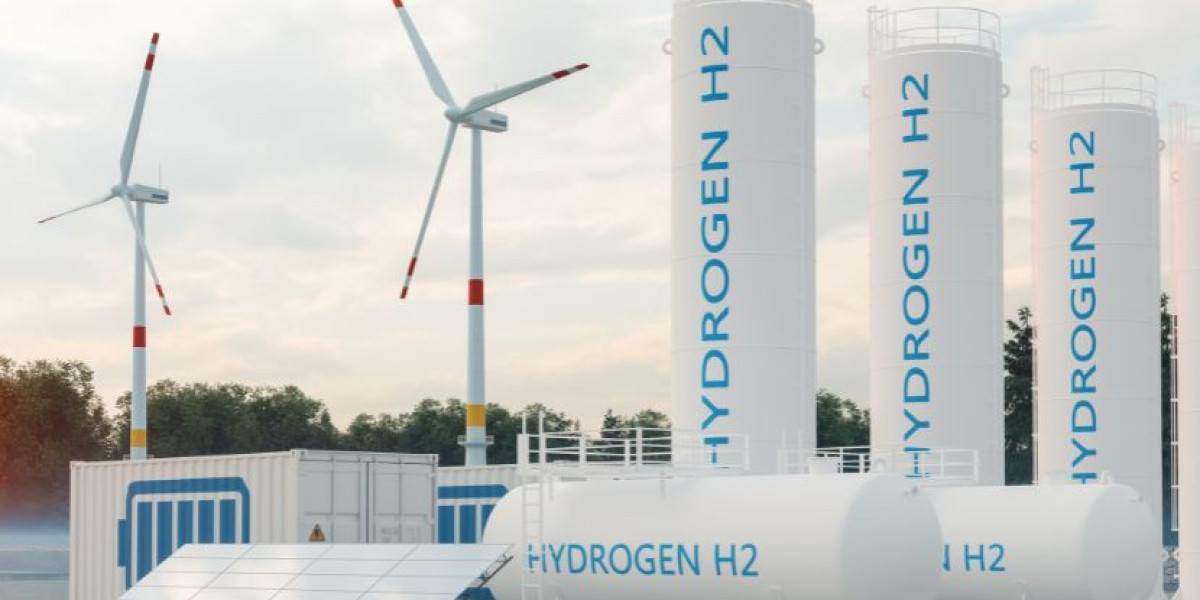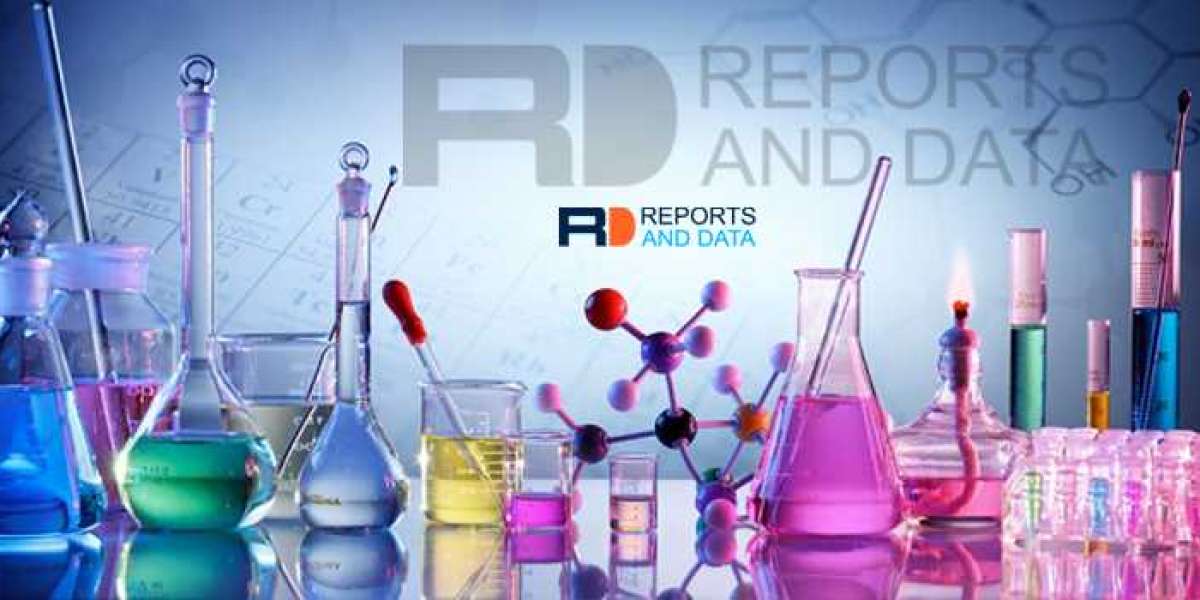Introduction
Green hydrogen, produced through the electrolysis of water powered by renewable energy sources such as solar, wind, and hydropower, has emerged as a key player in the global effort to transition towards clean energy. Unlike traditional hydrogen, which is produced using fossil fuels (resulting in significant carbon emissions), green hydrogen offers a sustainable and environmentally friendly alternative. It has the potential to decarbonize industries that are hard to electrify, such as steel manufacturing, transportation, and chemical production. A green hydrogen manufacturing plant involves harnessing renewable energy to produce hydrogen through the process of water electrolysis. As the world seeks cleaner alternatives to fossil fuels, the demand for green hydrogen is expected to rise significantly in the coming years, driven by both government policies and the private sector's push for sustainable energy solutions. This green hydrogen manufacturing plant project report provides a comprehensive overview of how to set up and operate a green hydrogen production facility, addressing key aspects such as the technology, market analysis, financial feasibility, and environmental impact.
Green Hydrogen Manufacturing Process
The primary method for producing green hydrogen is through water electrolysis, which splits water (H₂O) into hydrogen (H₂) and oxygen (O₂) using electricity. The key to green hydrogen production is the use of renewable energy sources to power this electrolysis process, ensuring that the hydrogen produced is carbon-neutral.
1. Electrolysis Process
Electrolysis involves using an electrolyzer, a device that applies an electrical current to water, separating it into hydrogen and oxygen.
There are three main types of electrolyzers used in green hydrogen production:
Alkaline Electrolyzers: These are the most widely used electrolyzers due to their proven technology and relatively low cost. They operate at lower temperatures and use a liquid alkaline solution as the electrolyte.
Proton Exchange Membrane (PEM) Electrolyzers: These are more efficient and faster in responding to fluctuations in renewable energy availability, making them ideal for integration with variable renewable energy sources like solar and wind.
Solid Oxide Electrolyzers (SOE): These operate at higher temperatures and can potentially provide higher efficiency, but they are still under development for large-scale production.
The key to ensuring that the hydrogen is truly “green” lies in the energy source used to power the electrolyzer. Renewable energy sources such as solar power, wind energy, or hydropower should be employed to ensure that the entire process remains carbon-neutral.
Get a Free Sample Report with Table of Contents@
2. Renewable Energy Supply
A critical component of any green hydrogen manufacturing plant is a steady and reliable supply of renewable energy. Depending on the location of the plant, the electricity needed for electrolysis can come from:
Solar Energy: Solar panels convert sunlight into electricity, which can be used to power the electrolysis process.
Wind Energy: Wind turbines harness the power of wind to generate electricity, which can then be directed toward the electrolyzers.
Hydropower: In regions with abundant water resources, hydropower can be used to generate electricity for hydrogen production.
The availability of renewable energy sources will influence the overall cost structure and profitability of the green hydrogen plant.
3. Hydrogen Storage and Distribution
Once hydrogen is produced, it must be stored and transported for use. Hydrogen storage can be accomplished in several ways:
Compressed Hydrogen: Hydrogen can be stored in high-pressure cylinders or tanks.
Liquid Hydrogen: Hydrogen can be liquefied by cooling it to extremely low temperatures, although this requires energy-intensive cryogenic cooling systems.
Hydrogen Pipelines: For large-scale production, hydrogen can be transported through pipelines to industrial users or refueling stations.
Key Considerations for Setting Up a Green Hydrogen Manufacturing Plant
To successfully establish a green hydrogen manufacturing plant, several critical factors need to be considered:
1. Location Selection
The location of the green hydrogen plant is essential to its overall feasibility and success. Factors to consider when choosing a location include:
Renewable Energy Availability: Locations with abundant solar, wind, or hydropower resources are ideal for setting up a green hydrogen plant. Proximity to renewable energy generation facilities can significantly reduce energy costs.
Infrastructure: Access to transport networks (roads, rail, ports) for distributing the hydrogen is crucial, especially for large-scale projects.
Access to Water: Since water electrolysis is the primary method for hydrogen production, having access to a reliable water source is important.
Regulatory Environment: Local policies and government incentives for renewable energy and hydrogen production can greatly impact the profitability and feasibility of the project.
2. Technology and Equipment
The electrolyzers and associated systems (such as renewable energy systems, water purification, and storage facilities) are the core components of a green hydrogen plant. The project report should cover:
Electrolyzer Technology: Selection of the type of electrolyzer (alkaline, PEM, SOE) that best matches the available energy sources and production goals.
Energy Management Systems: Integration of energy management systems to ensure smooth operation and the efficient use of renewable energy.
Storage and Distribution: Investment in storage tanks, compression units, or liquefaction systems, depending on the scale and market for the produced hydrogen.
3. Market Demand and Industry Analysis
The demand for green hydrogen is closely tied to the broader energy transition and decarbonization goals of industries. Industries that will likely be major consumers of green hydrogen include:
Transportation: Hydrogen fuel cells are gaining traction in the transportation sector, particularly for heavy-duty vehicles, trucks, buses, and trains.
Industry: Green hydrogen can be used in various industrial applications such as steel manufacturing, refining, and chemical production as a cleaner alternative to fossil fuels.
Energy Storage: Hydrogen can act as an energy storage medium, helping to balance intermittent renewable energy sources by storing excess power and releasing it when needed.
The market analysis should include an overview of the demand forecasts, potential customers, pricing strategies, and competition within the hydrogen production industry.
4. Regulatory and Environmental Considerations
Governments across the world are introducing policies to encourage the adoption of green hydrogen. The green hydrogen manufacturing plant project report should address:
Incentives and Subsidies: Many countries offer subsidies or tax credits for projects that focus on renewable energy and clean hydrogen production. Identifying these opportunities can significantly reduce capital costs.
Environmental Impact: The environmental benefits of green hydrogen—such as reducing carbon emissions and reliance on fossil fuels—should be emphasized. The plant must comply with local environmental regulations related to water usage, emissions, and waste management.
Safety Standards: Hydrogen is highly flammable, so stringent safety measures and regulations must be adhered to during the production, storage, and transport processes.
5. Financial Projections and Investment
A comprehensive financial analysis is necessary to ensure the plant's financial feasibility. The financial section of the project report should include:
Capital Investment: Estimated costs for land acquisition, construction, machinery (electrolyzers, energy systems), and infrastructure.
Operating Costs: Ongoing costs such as electricity, labor, maintenance, water, and logistics.
Revenue Projections: Sales forecasts based on expected demand for green hydrogen in various sectors. Potential revenue from different market segments (e.g., transportation, industrial use, energy storage) should be included.
ROI and Break-even Analysis: A projection of the return on investment (ROI) and the time it will take to break even. The report should also include a sensitivity analysis to account for fluctuations in energy prices or market conditions.
FAQs
1. What is green hydrogen?
Green hydrogen is hydrogen produced through water electrolysis, where renewable energy sources (solar, wind, or hydropower) are used to split water molecules into hydrogen and oxygen. It is a clean, carbon-neutral fuel source.
2. How is green hydrogen produced?
Green hydrogen is produced by using electricity from renewable sources to power an electrolyzer, which splits water into hydrogen and oxygen. The hydrogen produced in this way is considered "green" because no carbon emissions are involved.
3. What industries use green hydrogen?
Green hydrogen is used in various industries, including transportation (fuel cell vehicles), heavy industry (steel, cement), chemicals, and energy storage.
4. What are the main challenges of green hydrogen production?
Challenges include the high capital costs of setting up production facilities, the need for a reliable and affordable renewable energy supply, and infrastructure for storage and distribution.
5. How does a green hydrogen manufacturing plant benefit the environment?
A green hydrogen plant helps reduce carbon emissions by producing hydrogen using renewable energy sources rather than fossil fuels. It can also support industries in their efforts to decarbonize their operations.
Media Contact
Company Name: Claight Corporation
Contact Person: Lewis Fernandas, Corporate Sales Specialist — U.S.A.
Email: sales@expertmarketresearch.com
Toll Free Number: +1–415–325–5166 | +44–702–402–5790
Address: 30 North Gould Street, Sheridan, WY 82801, USA
Website: www.expertmarketresearch.com
Aus Site: https://www.expertmarketresearch.com.au



